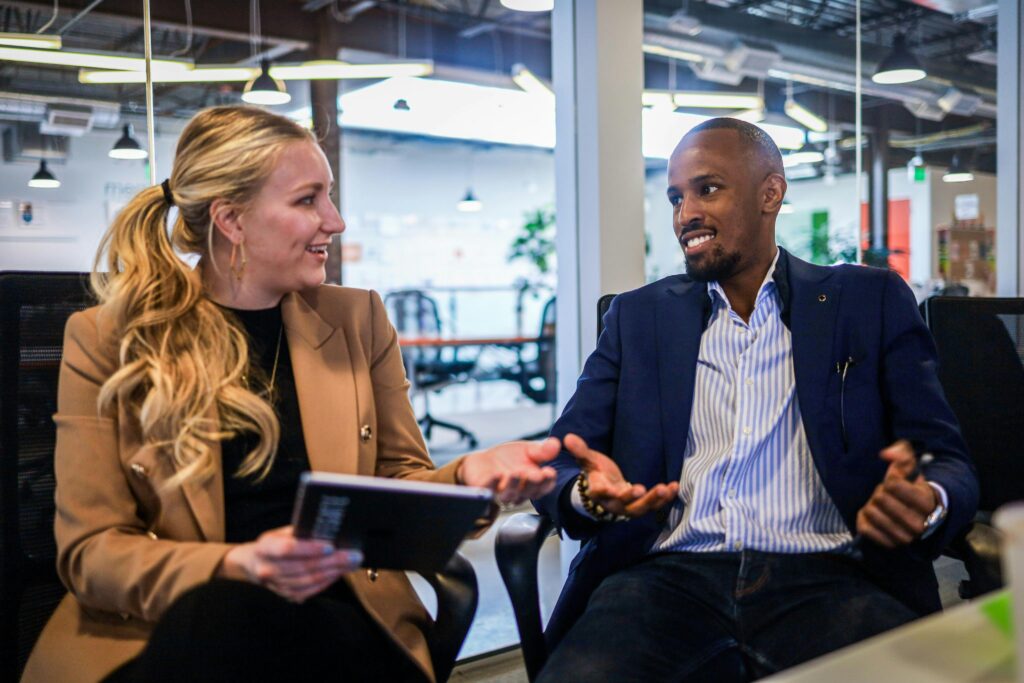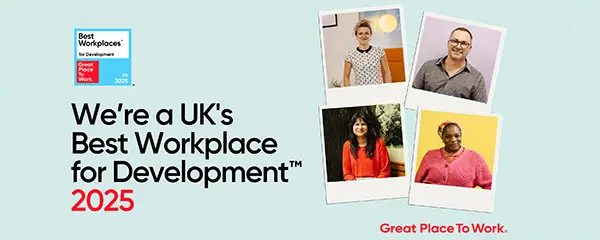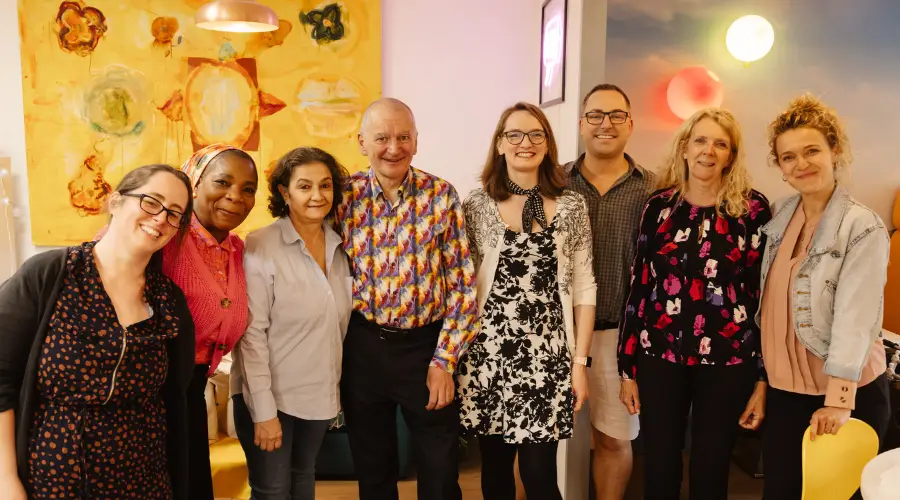Productivity rises not just from personal grit, but also when the environment is safe, clear, and supportive. The American Psychological Association’s 2024 Work in America survey makes this point with simple data. Workers who feel psychologically safe are far more likely to rate their productivity and performance as high. The most effective levers include giving people autonomy, setting clear goals, providing sufficient resources, fostering strong relationships with managers, and prioritizing basic well-being. Although the survey is descriptive and not causal, the patterns remain consistent.
Here’s what the data says
When psychological safety is high, 74% of workers call their productivity high, 91% rate their performance as very good or outstanding, and 97% find pride in their work. When psychological safety is low, these shares drop to 43%, 69%, and 87% in the same respective categories. Manager relationships show a similar pattern. Workers who are satisfied with their manager and more likely to report high productivity (62% vs. 38%) and top-tier performance (84% vs. 59%). When psychological safety is low and manager relationships are weak, burnout markers such as low energy, difficulty focusing, and feeling ineffective become more common. People in those settings also report lower productivity. Older workers more often rate both performance and productivity as high. This is a descriptive pattern rather than a judgment about capability.
When asked what would help them produce better work, people name fundamentals rather than buzzwords. Some of these items include:
- More control over how I do my work (72%)
- More personal fulfillment from my work (72%)
- Better access to resources (72%)
- A stronger relationship with my direct manager (70%)
- Better psychological well-being (70%)
- Better physical wellbeing (68%)
In open-ended comments, workers add that leaders should set clear goals, allow flexibility, and stop micromanaging. People want autonomy and trust, along with support when they need it.
Where technology can help (and where it doesn’t)
Most employees say new technology helps them work more efficiently and accurately (74%) and lets them accomplish more than before (71%). Among employees who already use AI tools, many report a positive impact on productivity (76%), quality (74%), time management (74%), creativity (68%), job satisfaction (66%), and even mental health (59%).
Positive views of technology are more common when psychological safety and the manager relationship are strong. But, there are still cautions employees face. About 4 in 10 worry that AI or other technology could replace some duties. These worries pair with higher stress, weaker learning, and more micromanagement. Electronic monitoring is also linked with stress and micromanagement. These are all conditions that undermine focus and trust.
How can you apply this?
1. Build psychological safety: Make it normal to ask questions, name risks, and share mistakes without blame. Tie the feedback to learning and not judgment. The survey linked higher psychological safety with higher self-rated productivity and performance. If you create a place where people feel safe to speak up, you will also raise the odds that work quality will increase.
2. Get the manager basics right: Set clear and measurable goals with context when assigning tasks. Replace spot checking with regular one on ones that remove blockers. The report shows that stronger relationships with managers go with higher reported productivity and performance.
3. Increase autonomy and reduce micromanagement: Let people choose how they meet outcomes. When you need to step in, coach rather than trying to control. Survey respondents point to autonomy, clear expectations, and trust as direct boosters of productive work.
4. Close resource gaps fast: Missing tools and information drain momentum. Do quick audits with your team to find what is slow, broken, or missing. Access to the right resources is one of the top reasons workers say would lift their productivity.
5. Maintain energy, not just time: Watch for burnout signals such as low energy, difficulty focusing, and irritability. Act early and swap back to back meetings for focus blocks. The survey associates burnout indicators with lower productivity and links better well-being with company gains.
6. Adopt technology with training and guardrails: Map out real use cases with your team. Provide quick starts, simple examples, and a way to share wins. Many workers already say technology helps them work faster and better. Lean into that and pair adoption with upskilling so the benefits stick.
7. Avoid productivity theater: If you monitor activity, be clear about why and how. Check whether the practice is creating stress or eroding trust. If it is, focus, motivation, and retention will likely fall. The reports connects these dynamics to weaker outcomes.
Final Thought
You don’t need a grand program to promote productivity. You need a safer, clearer, and better resourced system where people have control over their work. That’s what the data in the survey shows. Psychological safety and strong manager relationships line up with higher self-rated productivity and performance, while autonomy, fulfillment, resources, and well-being are the levers people say would push them further.
Reference:
American Psychological Association. (2024). 2024 Work in America Survey: Psychological
Safety in the Changing Workplace. American Psychological Association.




















